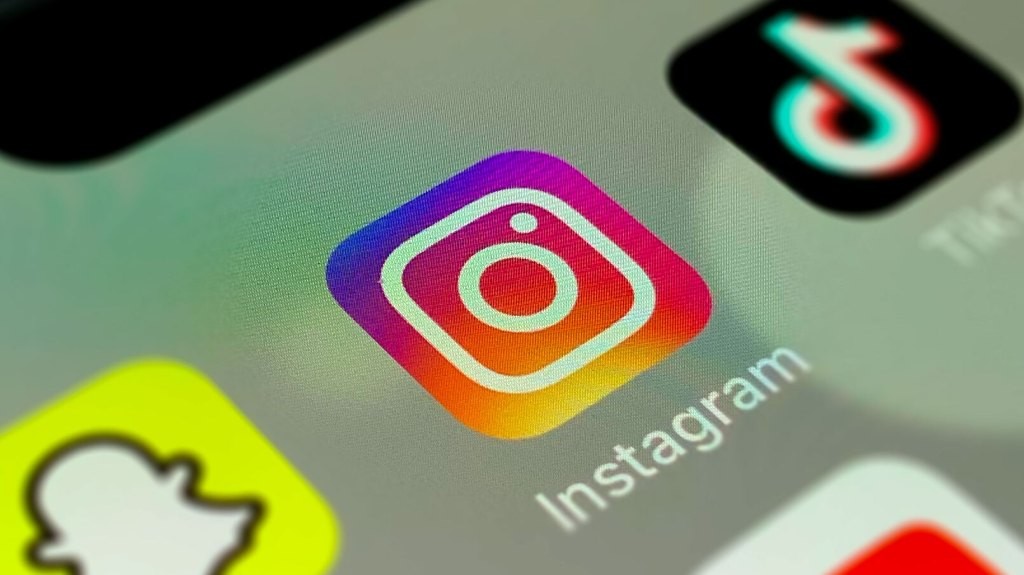
In a recent revelation, Instagram's head Adam Mosseri disclosed that the platform modifies video quality based on its popularity. This information has sparked discussions about the fairness and implications of such a practice.
The Quality-Popularity Connection
According to Mosseri, Instagram aims to present "the highest-quality video" possible. However, if a video fails to retain viewers for an extended period, the platform switches to a lower quality version. This approach is not applied on an individual basis but rather at an aggregate level.
How It Works
The system operates on a sliding scale, where videos garnering more views receive higher-quality encoding and storage. This method, while not entirely new, has only recently come to public attention, leading to a flurry of questions and concerns from users.
User Reactions and Concerns
Many Instagram users have expressed worry about this practice, with some describing it as "truly insane." A primary concern is that this system could create an unfair advantage for already popular creators, potentially making it harder for smaller creators to gain traction.
Mosseri's Response
Addressing these concerns, Mosseri stated that while the worry is valid, in practice, the quality difference doesn't significantly impact a video's performance. He emphasized that viewer interaction is more dependent on content rather than video quality.
Implications for Creators
Despite Mosseri's assurances, this revelation has important implications for content creators on the platform. It underscores the importance of early engagement and highlights the challenges faced by emerging creators in a system that seems to favor established accounts.
As this discussion continues to unfold, it remains to be seen how Instagram will address user concerns and maintain a balance between technical efficiency and fair content distribution.